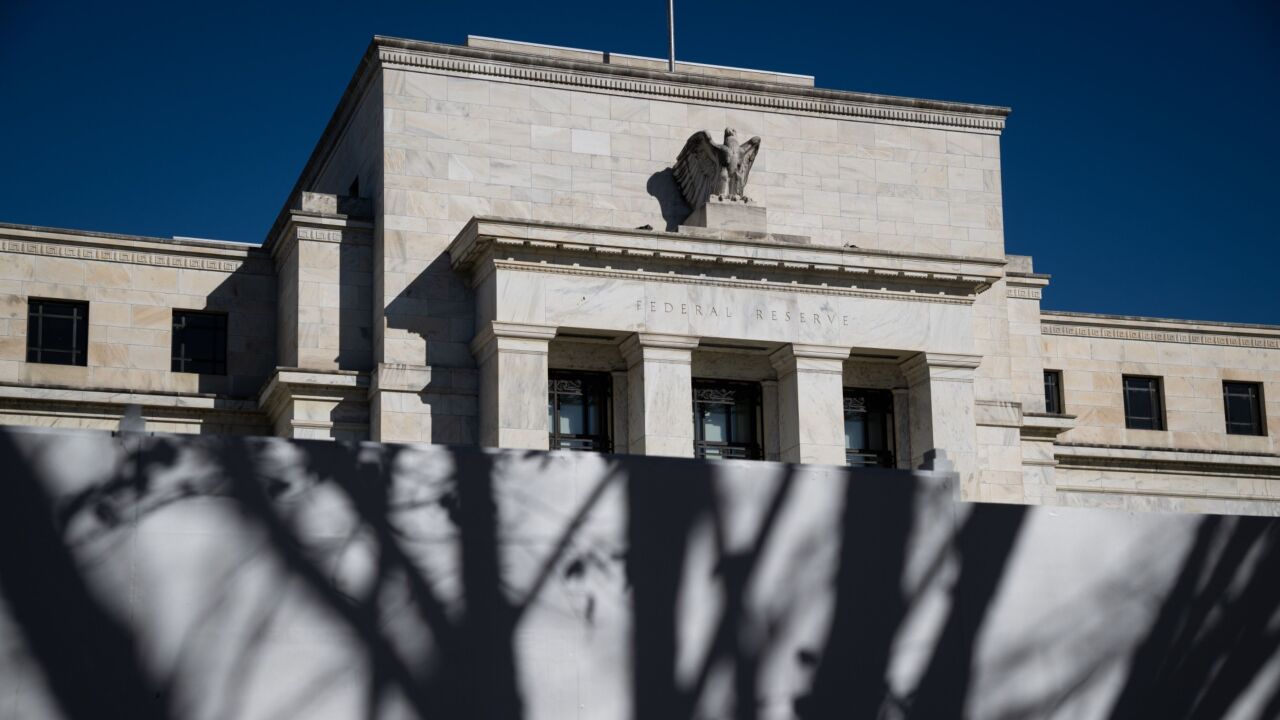Debit cardholders initiate an average of nearly 30 debit transactions a month for the top issuers, but the rate of activity can vary wildly with those top issuers seeing about twice as many transactions as those without strong debit business.
"Some issuers are not as focused as others on their debit programs. Those less focused are leaving money on the table from an interchange perspective," said Steve Sievert, executive vice president of marketing and communications for Pulse, which published this finding in its annual debit card usage report.
Even though debit card programs for larger banks took a hit about five years ago when the
As a result, many issuers even those that do not qualify for exemption from the debit fee cap have overcome the difference in revenue, Sievert said.
Pulse, the debit network unit of Discover, has delivered its debit issuer research for 10 years, and this year's "Decade of Debit" report examines the changes since 2005, the year in which debit card use first surpassed credit card use among consumers.
Seventy financial institutions, including banks, credit unions and community banks, participated in the study. Pulse conducted its research on 2014 numbers in February and March of 2015.
The monthly debit transaction average per active card hit an all-time high in 2014 at 21.2 at the point of sale, and 23.2 including ATM, or a 32% increase from the first study at 19.5 for point of sale and ATM combined in 2005.
"It's very indicative of the fact that consumers prefer debit cards at the point of sale," Sievert said.
Average annual spend per active debit card rose to $9,291 compared to $7,807 in 2005. Average ticket size went down to $37 from $40, indicating that consumers are now using debit cards to make smaller purchases.
"Ten years ago, I don't think consumers thought as much about using a debit card to make a purchase at a quick-serve restaurant, and now it is quite common," Sievert said.
Debit has also enjoyed consistent climbs since making an initial leap during the 2008-2009 recession, when consumers were loath to add to their credit card debt.
"The uptick of transactions per month has not really slowed down since the recession year," Sievert said. "Consumers want those controls and to be mindful of spending, showing the durability of debit to last beyond that recession timeframe."
Many issuers reshaped their card portfolios and business models during the recession and again with the Durbin mandate, at a time when consumers were becoming more used to debit cards as their go-to payment type, said Brian Riley, principal executive advisor with CEB TowerGroup.
Debit transaction volume has also benefited from the influx of new payment schemes in the past few years, Riley added, since many new payment providers favor debit over credit.
More than 50 billion PIN, signature and prepaid debit transactions occur annually in the U.S., a figure that is more than twice the number of credit card transactions, the Pulse study reported, citing Federal Reserve statistics.
"Debit is a lot easier than cash," Riley said. "You can get through life with payment cards and no cash, but you can't get through life the other way around."
The U.S. banking industry issues 165 million new debit cards per year, some it from mass reissuance after data breaches, but much of it for new customers, the study said. This year's study marked the first in which Pulse collected information on the rate at which financial institutions acquire new account holders.





